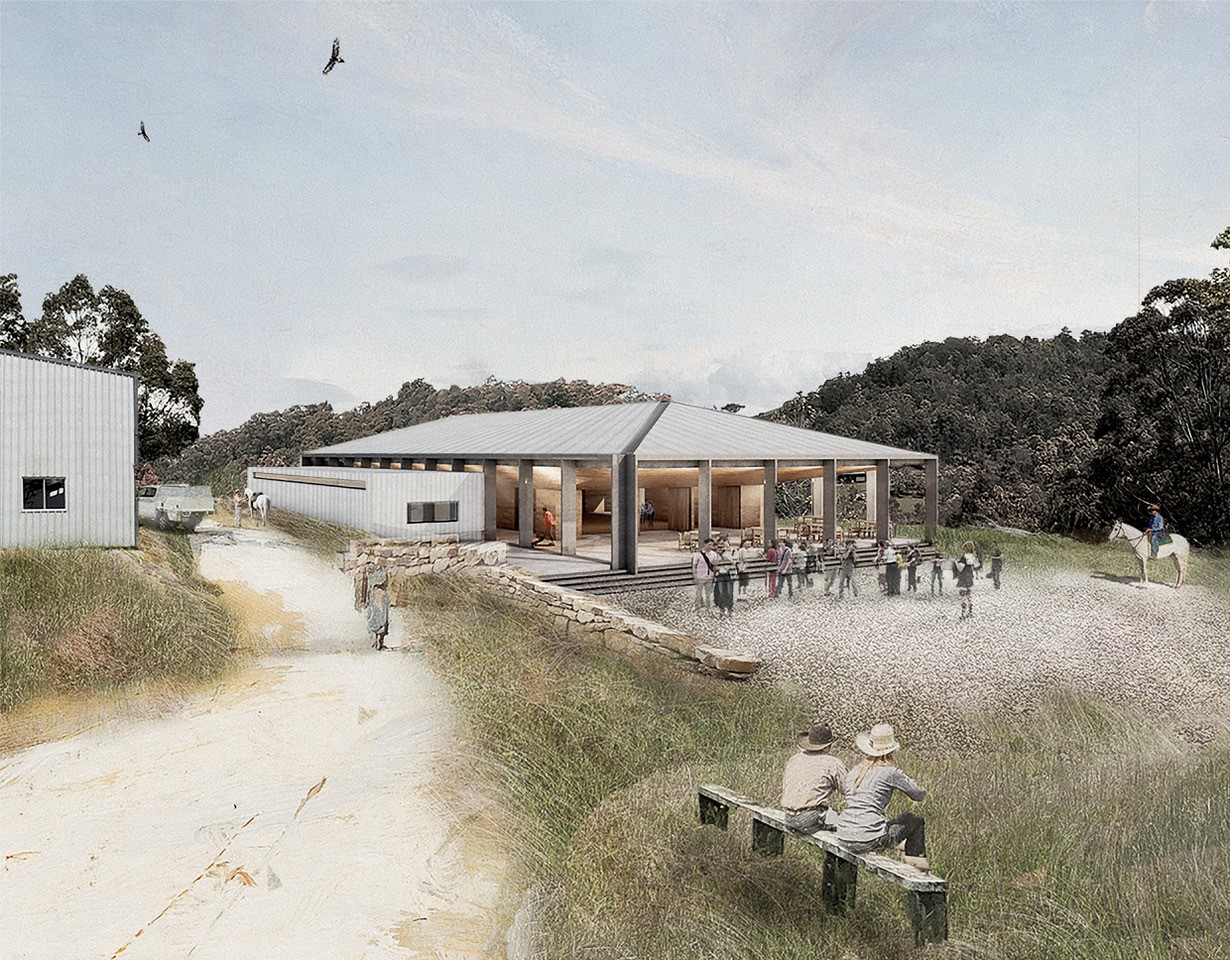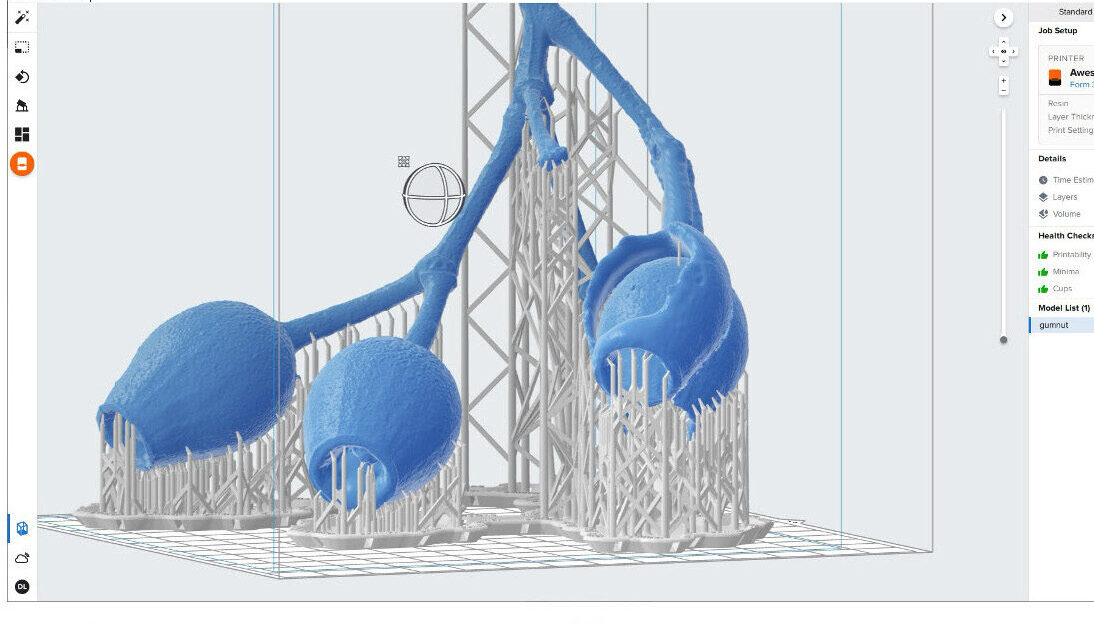BUILDING RESILIENCE AND ASSISTING IN DISASTER RECOVERY
Having worked with bushfire affected communities on the South Coast of NSW, Takt directors Katharina Hendel and Brent Dunn were asked by the Australian Institute of Architects to reflect on their experience assisting in disaster recovery. The studio has been involved in masterplanning in Lake Conjola, designing a multipurpose community hall for the Cobargo Showground and are now working on the recently funded Rebuild Cobargo Main Street projects.
We started our studio in Lake Conjola and had family who experienced the worst of the 2020 New Year’s Eve bushfires there. While donations that came in after the fires were distributed, funds raised and red tape hurdled, ideas also blossomed. We worked alongside the local Recovery Committee, an association formed in the immediate aftermath of the fires, to developed a rebuild program that would help the community recover while also improving future resilience. The result is a masterplan, or vision document, that allows the community to fill in pieces over time.
This project was a significant learning experience for us. The process endured leadership changes, political challenges and some vocal community opposition – the collective fatigue at that time was palpable. We found that the brief period post-disaster, when goodwill, donations and grants are available, isn’t necessarily the right time for the community. However, now that some works have been funded, we are hopeful that as time passes, new leaders may emerge to take the masterplan further.
Building on our work in Conjola, our tentative steps to establish a South Coast office were accelerated when The Cobargo Folk Club and The Cobargo Showground Land Manager contacted us to assist with their plans for a community hall. As the centre of operations for the initial bushfire recovery, the existing facilities at the Cobargo showground significantly supported the recovery effort.
A new community building on this relatively safe land would double as a disaster refuge – not just for future fires but also to counter the threat of other climate related events. This project has received partial funding and we’re continuing our work with the community on its further development, appropriate location and to obtain additional funds to begin construction, while also exploring the potential for aspects of the project to have wider application with Resilience NSW and other government and legislative bodies.
While Conjola experienced devastation in its residential areas, Cobargo and surrounds lost homes together with a swathe of its Main Street. Reimagining the lost built fabric is critical in restoring a sense of town centre to Cobargo and its surrounds.
We were working on the community hall project when we had our initial introduction to the Rebuild Cobargo Main Street project – this was after the Bushfire Local Economic Recovery Fund grants program was announced by the NSW Government. A number of client bodies – Cobargo Bushfire Resilience Centre, and the Cobargo Community Development Corporation with a number of public private partnerships with landowners were seeking assistance to develop grant proposals. Australian Business Volunteers provided much needed support for the many projects being designed and costed, and numerous other organisations such as Arup and TBH offered pro bono assistance. We could not have completed this design work without invaluable input from SJB. Fortunately for the community, this immense effort was worthwhile and the Main Street projects are now successfully funded and work is progressing in collaboration with Dunn Hillam Architects.
Where typically architects operate with a clear mandate – a direct link to decision makers, with an expectation to lead, to drive a project forward while carefully stewarding the creative spark to a built conclusion, in community projects the driving factor is not the architect – nor should it be. It is the community itself via its representatives.
By respecting and responding to the values of a community, adding weight and depth to their narrative from our own investigations, sometimes challenging assumptions, we become facilitators. The value architects offer is in the process of drawing out ideas, revealing hidden significance and deepening understanding after careful listening and close observation. Knowing too, when to step back, to allow the community time and pause for reflection – to let the silt stirred to settle is important.
For us, input and advice from many other practitioners who have been down similar paths before has been critical. In our view the architecture community stands to gain immensely by open sharing of knowledge and support among peers.
Resilience and disaster recovery register
Architects Assist is an initiative of over 600 firms from the built environment industry working to support those affected by natural disasters and other adverse circumstances. If you would like to nominate your practice to be contacted in regard to projects requiring disaster resilience or recovery, register with Architects Assist today.




